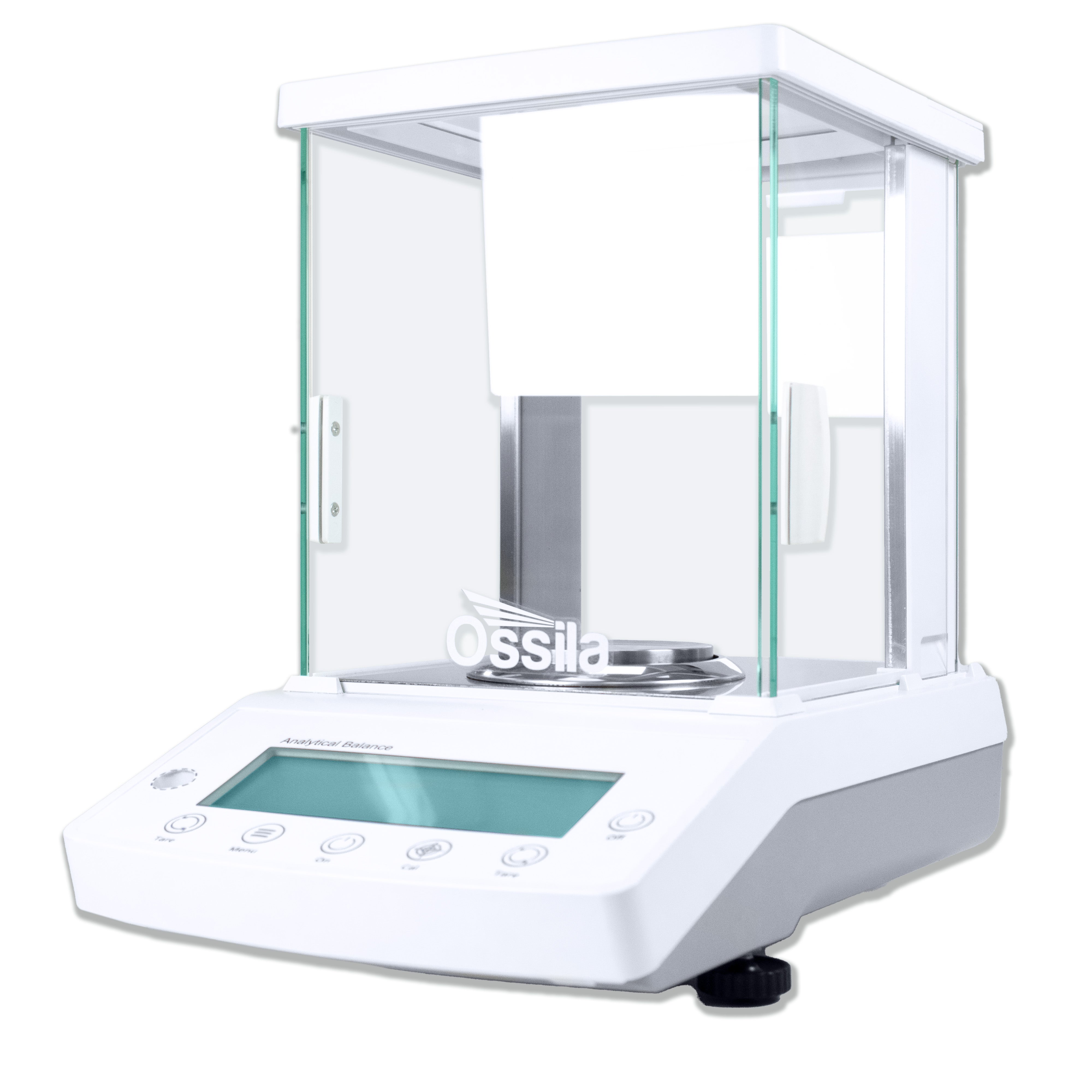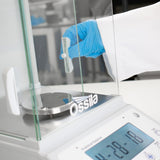Analytical Balance vs Top-Loading Balance: Key Differences

An analytical balance and top-loading balance are both examples of precision measuring instruments commonly used in laboratories. However, they have key differences in terms of their features, accuracy and applications. This page delves into these differences, aiding in the selection process for laboratories seeking to balance precision and practicality.
| Feature | Analytical Balance | Top-Loading Balance |
|---|---|---|
| Measurement Precision | High precision; typically 4+ decimal places | Good precision; typically 2-3 decimal places |
| Sample Size Capacity | Designed for small sample sizes; suitable for measuring minute quantities (mg scale) | Accommodates larger sample sizes; suitable for general weighing tasks (g scale) |
| Sensitivity to Environmental Factors | Highly sensitive; require controlled environment with minimal air currents and vibrations | Less sensitive; can tolerate moderate environmental fluctuations |
| Applications | Precise measurements of small quantities, such as analytical chemistry and pharmaceuticals | General weighing tasks, educational labs, and quality control |
Accuracy and Precision

Accuracy and precision are paramount considerations when it comes to weighing in research laboratories. An analytical balance and a top-loading balance offer different levels of accuracy and precision to suit various laboratory needs.
Analytical Balance
Renowned for their exceptional accuracy and precision with reading units of four decimal places and more. They are meticulously calibrated to provide highly accurate measurements, aiding researchers in experiments where precise stoichiometry is essential. They utilize advanced technology, such as electromagnetic force restoration or strain gauge load cells, to achieve this level of precision. Analytical balances are specifically designed to measure small amounts of sample (mg scale) with high accuracy. This makes them crucial in applications where quantities must be precisely weighed, such as chemical analysis and pharmaceutical preparations.
Top-Loading Balance
Offer commendable accuracy and precision, providing measurements to two or three decimal places. These balances are designed to accommodate larger samples (g scale) compared to analytical balances, making them suitable for general weighing tasks where extreme precision is not necessarily required. Top-loading balances are commonly used in educational laboratories, quality control process, and industrial application where accurate measurements of larger masses are sufficient.
Sensitivity to Environmental Conditions
The performance of both analytical balances and top-loading balances can be influenced by environmental factors such as air currents, temperature fluctuations, and vibrations. However, the degree of sensitivity varies between the two types of balances.
Analytical Balance
An analytical balance is sensitive to changes in air currents and vibrations. Even slight disturbances in the surrounding environment can affect the accuracy of measurements. To mitigate the effects, analytical balances are often equipped with draft shields to minimize the impact of air currents. Additionally, they are commonly placed on vibration-isolated surfaces or in specially designed enclosures to minimize vibrations.
Top-Loading Balance
Generally less affected by minor disturbances compared to analytical balances. They can tolerate moderate air currents and vibrations without significantly impacting measurement accuracy. However, excessive disturbances may still affect the precision of measurements, especially when weighing very small masses.
Laboratories using analytical balances must ensure stable conditions, including minimal air movement and vibrations, to maintain accurate measurements. In contrast, top-loading balances offer greater tolerances to environmental fluctuations, making them more suitable for environments where precise control of environmental conditions is challenging.
Common Applications
Analytical balances and top-loading balances cater to distinct applications across various industries and educational settings.
Analytical Balance
Analytical balances are considered crucial pieces of equipment for research laboratories where precision and accuracy are paramount.
| Analytical chemistry | Weighing reagents, samples, and standards. Reactions often require specific stoichiometries of reagents to produce the desired product. Gravimetric analysis and other quantitative techniques, such as titrations, depend on accurate mass measurements to determine the concentration or purity of a substance. |
|---|---|
| Pharmaceutical research and manufacturing | Accurate measurement of active ingredients, excipients, and formulations with precision, ensuring the quality and consistency of pharmaceutical products. |
| Microbiology and biotechnology | Laboratories rely on analytical balances for precise measurement of culture media, microbial samples, and biochemical reagents, vital for conducting experiments and research in these fields. |
| (Nano)materials science | Measure the masses of powders, nanoparticles, and thin films, facilitating advancements in nanotechnology, surface coating, and composite materials development. |
| Forensic analysis | Accurate measurement of evidence samples, chemicals, and standards, supporting investigations in drug analysis, toxicology, and trace evidence examination. |
Top-Loading Balance
While offering slightly less precision, a top-loading balance provide versatility and practicality for a broad spectrum of weighing tasks.
| Educational laboratories | Teaching fundamental principles of mass measurement and weighing techniques to students across disciplines such as chemistry, biology, physics, and environmental science |
|---|---|
| Routine quality control checks | The food industry uses top-loading balances for portion control, recipe formulation, and quality assurance testing of ingredients and finished products. |
| Environmental testing | Weighing soil samples, water samples, and environmental pollutants during environmental monitoring and pollution control efforts. |
| Healthcare facilities | Measuring patient samples, medications, and medical supplies, as well as for compounding and dispensing pharmaceuticals. |
| Large scale process monitoring | Batch weighing and process monitoring, where accurate measurements of larger sample sizes suffice. |
While analytical balances excel in precision and accuracy for specialized applications requiring minute measurements, top-loading balances offer practicality and versatility for general weighing tasks across a diverse range of industries and educational settings. Understanding the specific requirements of each application is paramount for selecting the appropriate balance to ensure reliable and accurate results.
Analytical Balance

Learn More
 What is an Analytical Balance?
What is an Analytical Balance?
There are a wide variety of research areas where the precision measuring of mass is essential. Laboratory scales have been used for centuries to provide researchers with accurate measurements.
Read more... How to use an Analytical Balance and Microbalance
How to use an Analytical Balance and Microbalance
The instructions in the video and below describe how to correctly use a laboratory balance. Following this method will prolong the working life of your laboratory balance and keep it weighing as accurately as possible.
Read more...Contributors
Written by
Product Specialist
Edited by
Application Scientist